LEONOR ANTUNES
— Somewhere during May 2008 I bought, in the city of São Paulo, a Portuguese gold coin dated from 1763, the reign of Joseph I. The coin had been minted after the Great Lisbon Earthquake, which took place on November 1st, 1755. By that time the King had already placed effective power in the hands of Marquês de Pombal. Facing the earthquake’s devastations, Pombal gave orders to the Portuguese mint to buy all the gold and silver recovered from the debris and fires, and to use that metal to mint coins of King Joseph I.
I re-melted the 3.16cm diameter, 1.13mm thick, gold coin in a jewelry workshop in Rio de Janeiro and put it inside a wood box which I’d made from Pau-Brasil. This type of wood was the most precious commodity found in Brazil in the 16th century. When Portuguese explorers discovered those trees, they used the name Pau-Brasil to describe them. By that time, this name had been used already to denominate a different species of tree which was found in Asia, and which also produced red dye. Later, the country obtained its name from those trees and hence was called Brazil.
One year later I travelled to Ouro Preto, to the state of Minas Gerais, where the Portuguese settlers found gold and exploited it. I had the idea to make a book that could witness and contemplate a coin that is no longer visible. I was looking to the Atlantic forest which proliferates and invades place without any control or direction, covering everything that is behind, in a way erasing its memory.
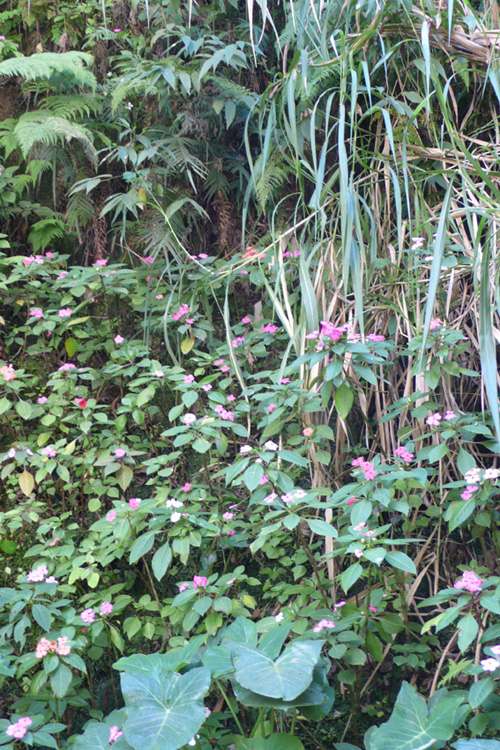
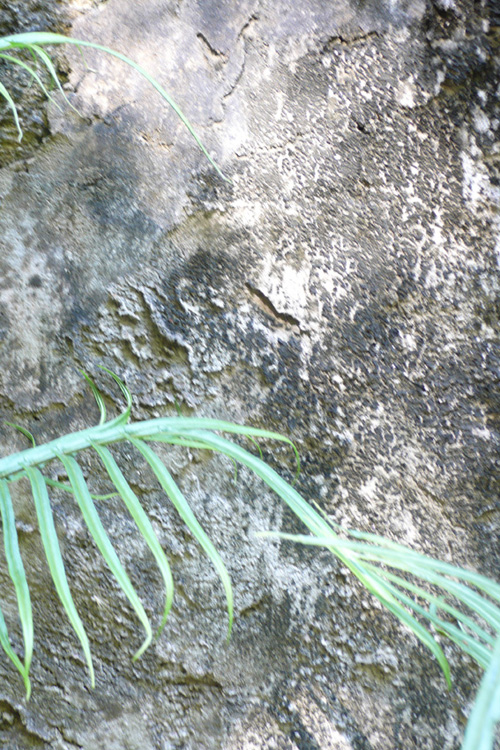
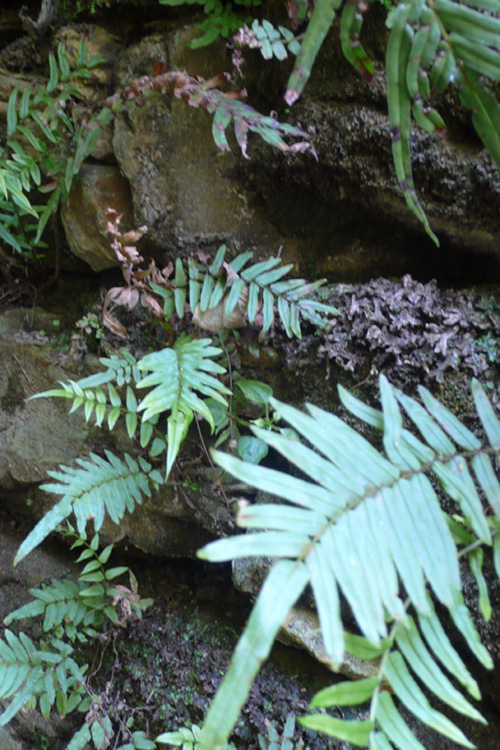
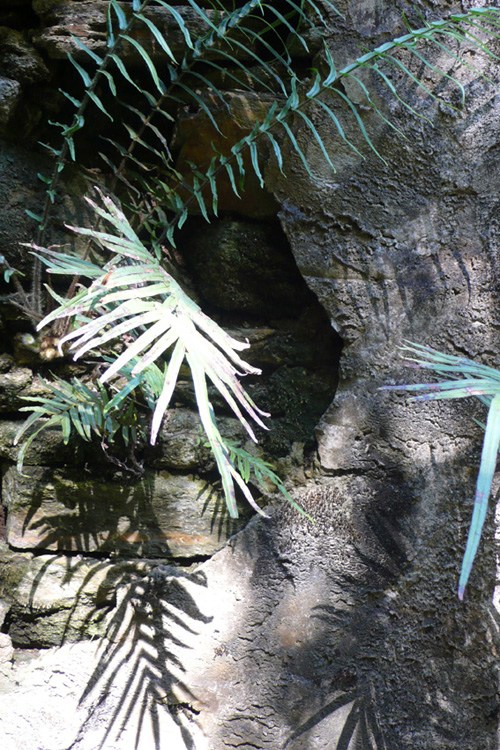
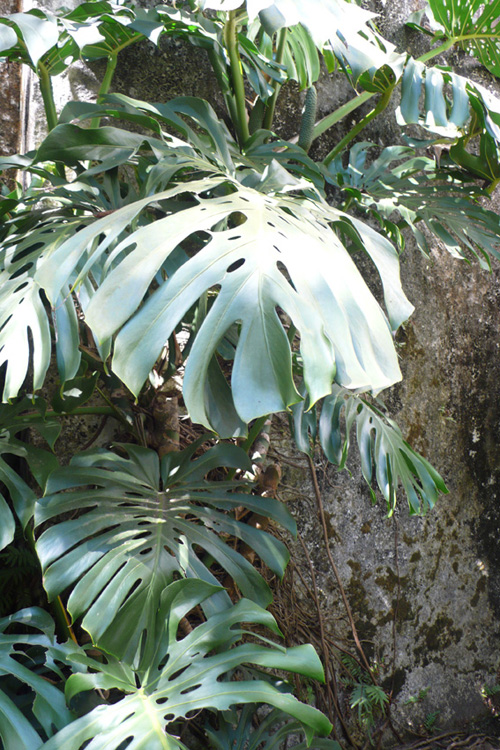
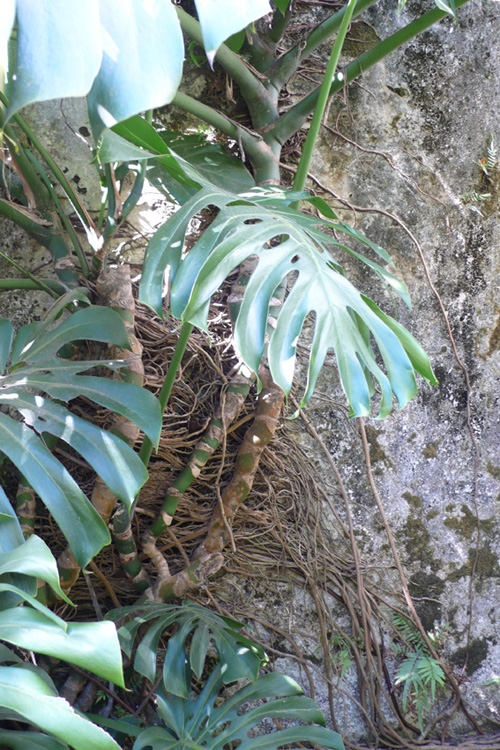
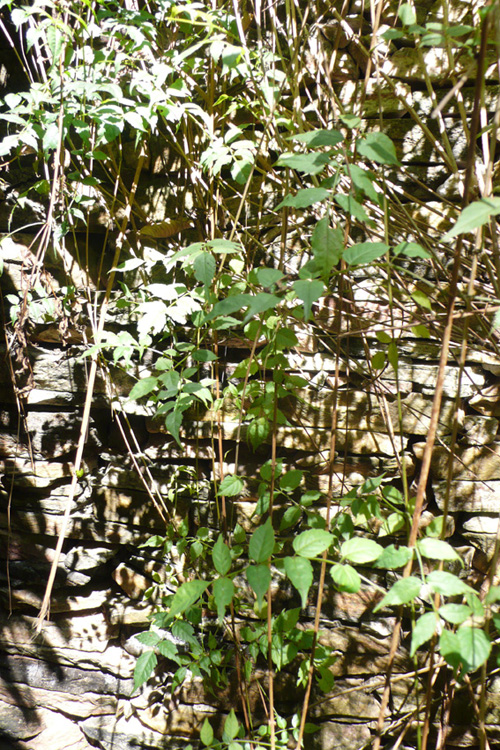
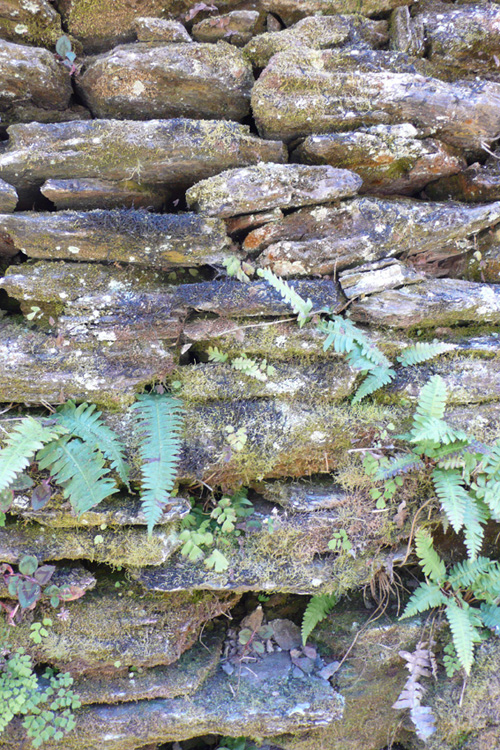
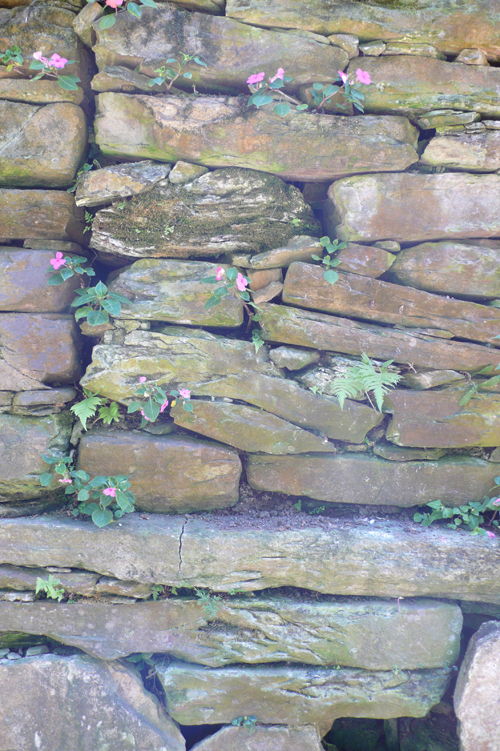
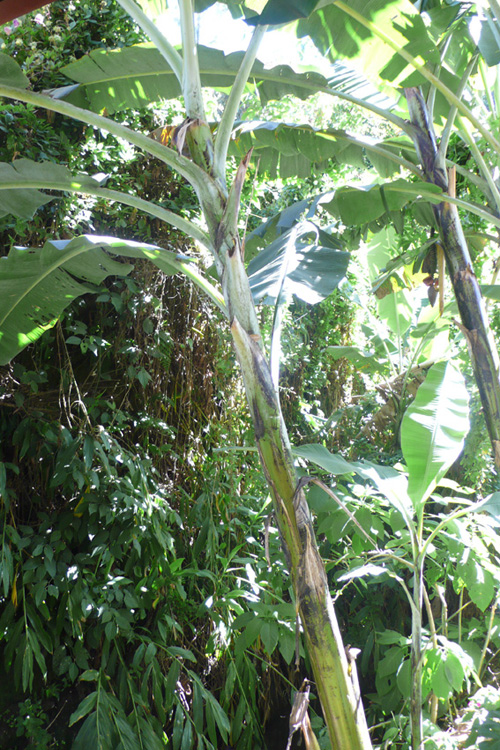
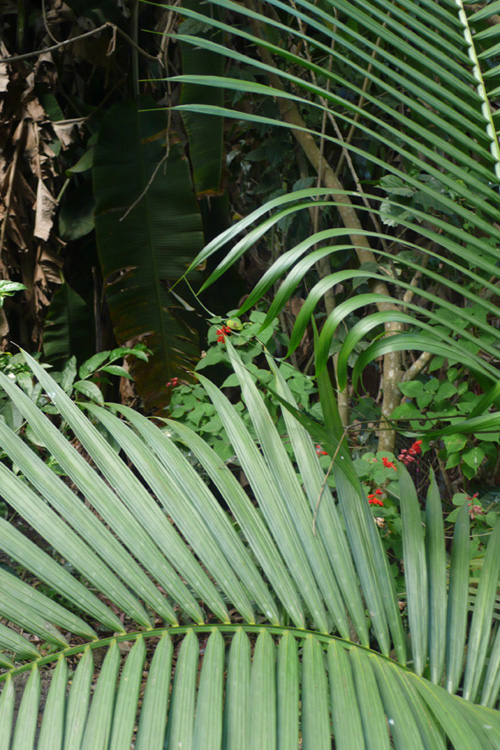
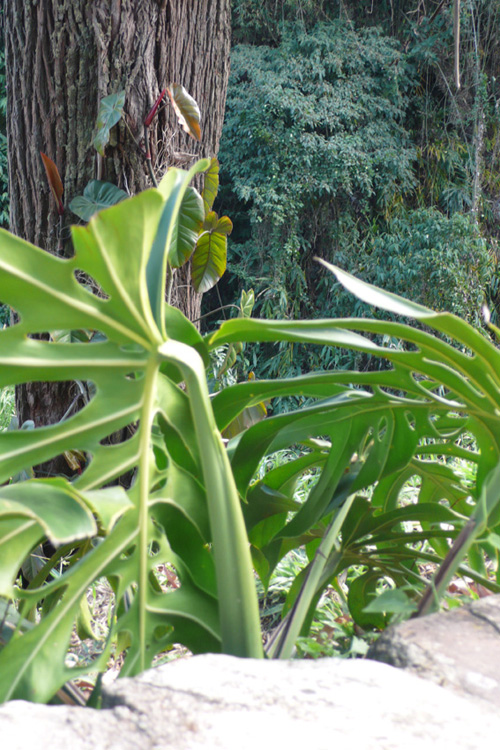
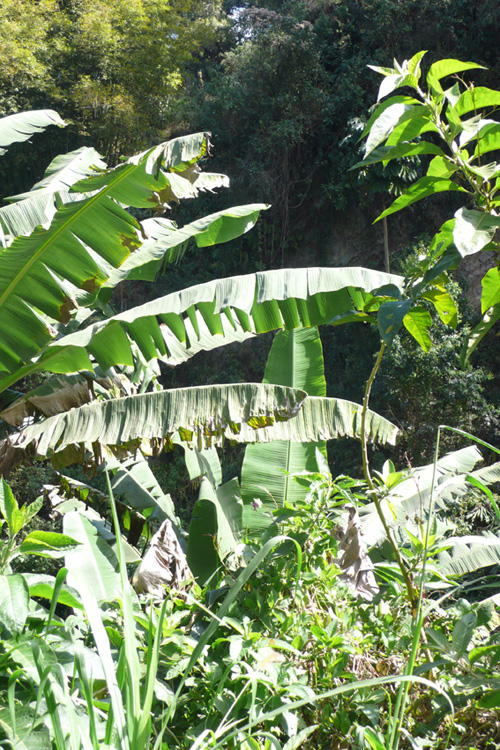
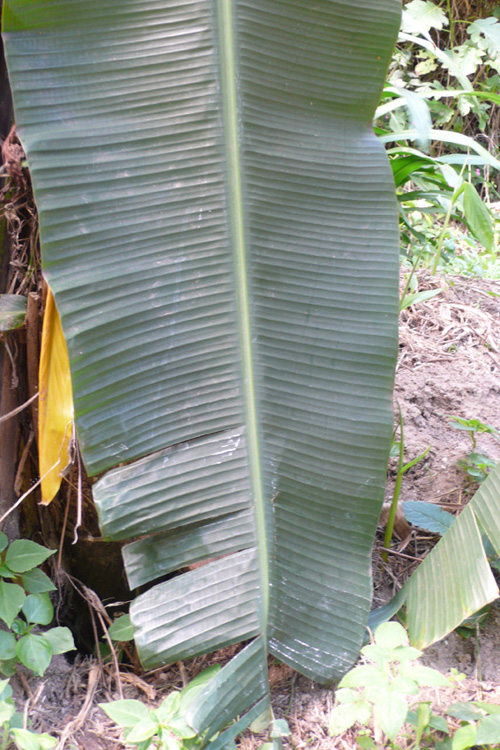
—
Leonor Antunes was born in 1972, in Lisbon, Portugal. She Lives and works in Berlin. Antunes’ work manifests itself through measurement, material, memory and site. Her interest lies primarily in how sculpture can relate to the body—through size, scale and proportion—focusing on the space between viewers and artworks. Antunes has participated in numerous group and solo shows in Europe and North America.
